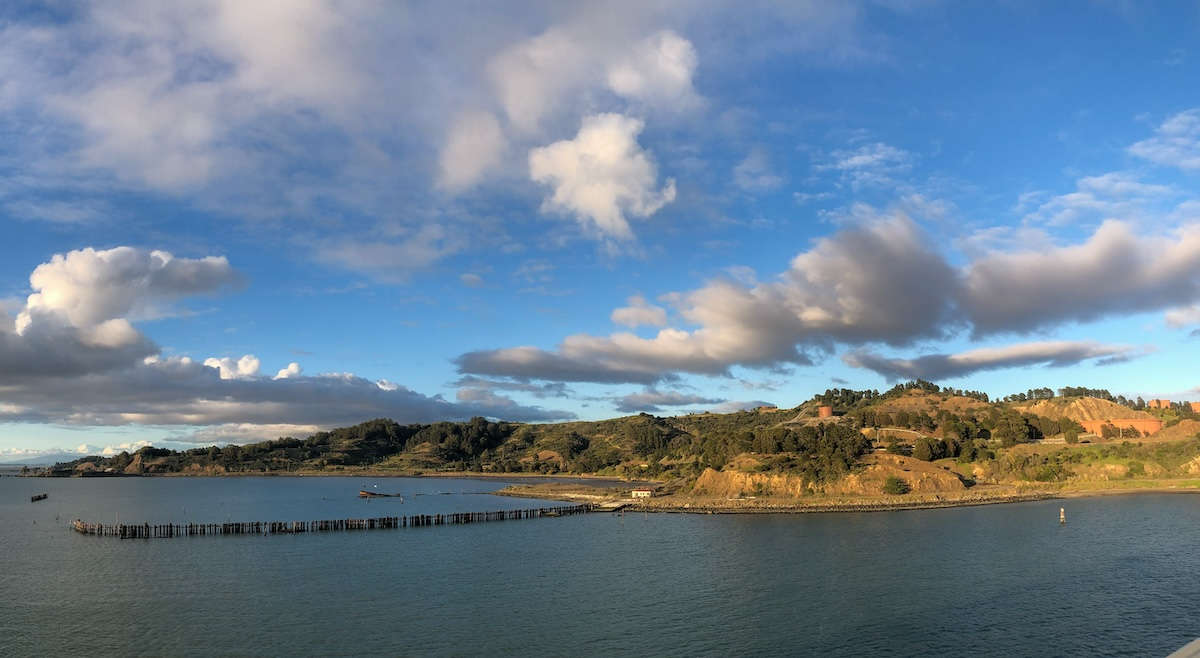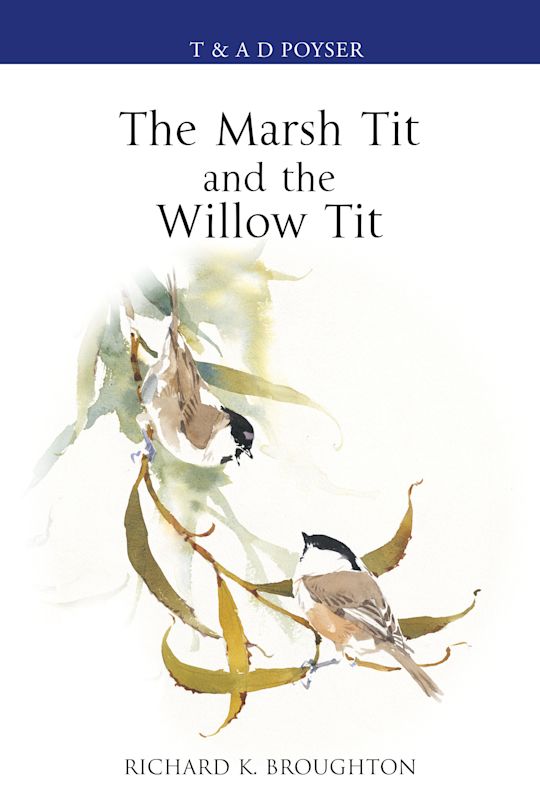In 2007 a botanist who described himself as “a grassland geek” took me to one of his favorite places, Point Molate, a 413-acre headland running from a tall ridgeline to a submerged eelgrass meadow just north of the Richmond-San Rafael Bridge. An example of the resiliency of nature left (mostly) unpaved, it includes spectacular bluff and hillside views of San Francisco and Mount Tamalpais and has been called “the most beautiful part of San Francisco Bay no one’s ever heard of.”
That’s about to change. On November 21, the California Coastal Conservancy voted in favor of a grant, which now requires approval by Governor Newsom’s administration, that should finalize a nearly $36 million agreement. The money will go towards the acquisition of 52 acres of land, in addition to the 30 acres bought by the East Bay Regional Park District, for a total of 82 acres of privately controlled land entrusted to the park district for the next world-class Bay parkland to be inaugurated in early 2025.


Left: Everything within the green lined area is expected to become the 413-acre park. Right: A verdant Point Molate. ( Jack Scheinman)
However it will take several years to open up the full 413-acre park for hiking, sports, and other activities. It hasn’t been an easy journey to its protection. On my first visit 17 years ago, I was shocked to learn our city council was ready to sell it off for a mega-casino, planned to be the largest west of Las Vegas. In the following years I would become the co-chair of the Point Molate Alliance and begin organizing meetings, rallies, publications, coalitions, and all the usual busy-work of grassroots bottom-up campaigning, luckily in collaboration with a lot of dedicated and imaginative people committed to making Point Molate a park.
After the casino scheme failed, following a referendum in which Richmond’s citizens voted 58 percent to 42 percent against it in 2010, the next city administration cut a deal with the failed casino developers to sell the land and split the profits. By then 3 percent of the area had been opened to the public as the Point Molate Beach Park that, during the Covid-19 pandemic, became an outdoor refuge for many of the city’s families.
Next a southern California developer proposed building a luxury housing estate on the land whose infrastructure was to be paid for by a high-risk $292 million city bond. A newly elected city council and a citizen lawsuit would eventually expose the economic, cultural resources, and safety flaws in that plan. Among the reasons to not build high priced housing there, the state had listed Point Molate as a “High Fire Hazard Severity Zone.” Negotiations led to an agreement in 2024 between the Park District, the city and the Guidiville Rancheria Pomo, who had been part of the original casino plan, to establish the park.
It had taken two decades of grassroots organizing plus $36 million from California, which closely aligned with the governor’s 30 by 30 initiative—an effort to protect 30 percent of California’s land and coastal waters by 2030—plus $4 million from the park district, to finally get to “yes” on protecting the last unprotected natural headland on the Bay, an environmental and climate justice victory for Richmond’s low-income, under-parked, racially diverse city of 115,000. It also reflected a coming-together of environmentalists and housing advocates, who’d long battled against gentrifying the shoreline while the need for affordable mixed housing downtown where infrastructure and transportation hubs already exist was ignored.
Point Molate itself is Ohlone land that still contains sacred sites, including ancient middens. In the mid-1800s a Chinese shrimp camp operated on the peninsula and later, following the 1906 earthquake, the California Wine Association relocated here, creating the largest winery in the world at the time including the red brick “Winehaven” castle and company village that are now on the National Register of Historic places. During World War II, the Navy operated its Pacific Fleet fuel depot here. The Standard Oil (now Chevron) refinery was over the ridgeline. In 2003 the Navy turned the land over to the city of Richmond for $1 with an agreement to clean up its contaminants, which the Navy largely has done. (A small amount of cleanup remains and long-term monitoring is necessary.) The city then tried to sell it off while citizen groups, such as the Point Molate Alliance, fought to “Save Point Molate” as a park.

Point Molate is a mix of beaches, coastal prairie, native grasslands, and green hills inhabited by mule deer, rabbits, lizards, and wild turkey, even an occasional visiting mountain lion who keeps the deer alert. It’s also got dozens of trilling, fish-hooking osprey along with over 140 other bird species, including a few transitory bald eagles. It’s likely that the rare Suisun Marsh aster grows here, though a lack of access has prevented confirmation. There are also live oaks, purple needlegrass—the state’s celebrated native bunchgrass—coyote brush (also coyotes), wild mint, Dutchman’s pipevine, and its rarely seen companion the pipevine swallowtail butterfly, which becomes quite abundant in the spring. They have a neat trick of making themselves poisonous to birds and other predators by feasting on the toxic pipevine in their caterpillar stage. Other butterflies mimic them to avoid being eaten because nature is both infinitely complex and totally awesome, as generations of park visitors will soon get to discover.
And while it’s common to find birders checking out the occupants of Point Molate’s massive osprey nests, one evening in 2019 I attended a bioblitz where over 60 people had turned out for a moth night. “Bees get all the credit but moths do most of the pollinating,” an entomologist wearing a headlamp complained as leaf-winged moths covered a backlit sheet he’d hung up.


A finch feasts on a toyon berry, while an anise swallowtail imbibes from an introduced red valerian. (Jack Scheinman)
Point Molate’s eelgrass, used as a source for new plantings in other parts of the estuary, and one of the most pristine in the Bay, according to San Francisco State University biologist Katharyn Boyer, also provides sanctuary for river otters, leopard sharks, seals, sea hares, and a bladed habitat on top of which herring lay their eggs and under which Dungeness crabs mature.
It’s also a study site for scientists measuring the ability of eelgrass to sequester carbon dioxide, a climate study I got to witness one sunset, joining marine technicians from SF State’s Estuary and Ocean Science Center collecting data from remote sensors buried in the mud while shuffling their feet to shoo bat rays out of their way.
I witnessed another moment of science inspiration at the Beach Park when we sponsored a local high school field trip. As Health Academy students from Richmond High School were testing the water quality, an osprey flew down and snagged a big fish in its talons, setting off a cheer from the 30 youths. Later, three kids shouted excitedly on their way to the pizza picnic lunch when they found a six-inch fence lizard. “What do you think?” I asked. “It’s like a miniature dinosaur,” one of them exclaimed in wonder, and I couldn’t disagree.
Clockwise from left: Images snapped on and around Point Molate include nesting osprey, a great horned owl, and a river otter snacking on a young leopard shark. (Jack Scheinman)
Developing a regional park is a slow process that will take several years of planning, fundraising, and community input sessions, even after its ribbon-cutting. It will be some time before we’re likely to see hiking trails on the park’s hills and ridgeline or soccer fields in the flatlands. In the interim the Beach Park and public road that passes through Winehaven and onto the Point San Pablo Harbor remains open and is worth a visit. The osprey nests, turkeys, bunnies, and deer are easy to spot, and in the near future an extension of the Bay Trail will run from the Richmond Bridge past the Winehaven castle. At present it’s a narrow dirt path that takes you from the south end of the Beach Park through tunnels of tree canopies to several bluffs and beaches still mostly occupied by shorebirds, egrets, seals, and pelicans. The park district plans to begin scheduling group nature hikes through the bluffs and heights under its naturalist program sometime in the new year.

After 20 years of battling for Point Molate’s protection, my fellow community activists and I are happy to see things being done right, even if it may take the patience of a heron stalking prey. Here, by the edge of an urban estuary linked to a wild ocean, people too long denied access to the benefits of nature and open space have won both a tangible victory and unique opportunity. The people of Richmond, the Bay Area, and beyond when visiting Point Molate will appreciate how the web of life, including our own lives, can remain both as strong as a fearless flock of wild turkeys by a wine-red castle and as fragile as the blue-green wings of a swallowtail butterfly.
#Evading #Development #Point #Molate #Closer #413Acre #Park



